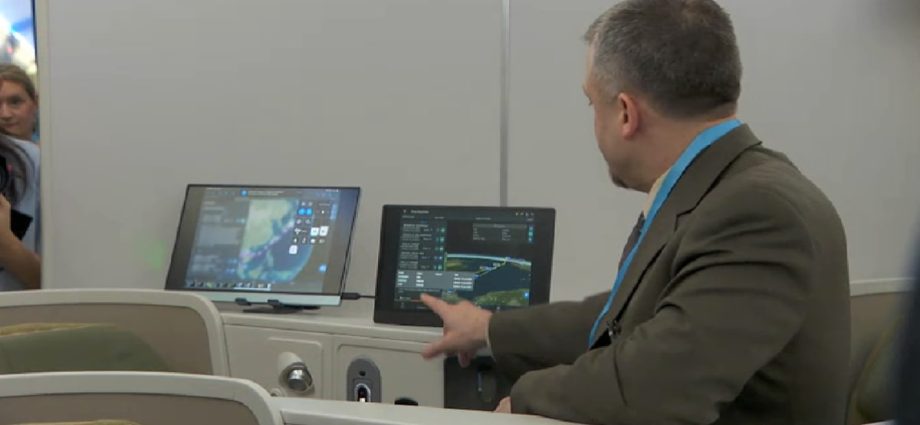
“But with MR-TBO, I can watch as that request is being processed, or the air traffic controller can make a trial request, and collaboratively together, we can see how that change might affect the system.
“So as a pilot, I have more awareness on how the change will impact not only my flight but also other flights, and I can have more assurance that this request can likely be granted.”
SAVING OPERATING COSTS
The Civil Aviation Authority of Singapore (CAAS) said it helps to make the flight more sustainable and efficient.
“If a flight could take a more direct or quicker route, and avoid delays and detours, not only do passengers benefit by being able to get to their destination earlier,” said CAAS director-general Han Kok Juan.
“Airlines save on operating costs. We will also be able to cut on fuel burnt, and save the environment.”
CAAS said that this collaboration will become more important as more countries invest in airport infrastructure to meet the rising travel demands.
It is also in line with the International Civil Aviation Organization’s goal of achieving net-zero carbon emissions by 2050.

